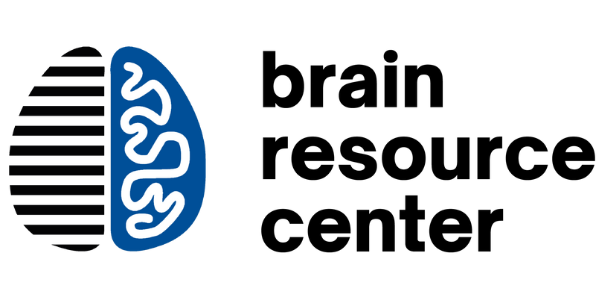Epilepsy / Seizures Neurofeedback Research
-
Egner, T., & Sterman, M. B. (2006). Neurofeedback treatment of epilepsy: from basic rationale to practical application. Expert Review of Neurotherapeutics, 6(2), 247-257.
-
Reddy, J. K., & Sneha, C. S. (2019). EEG neurofeedback brain training for epilepsy to reduce seizures. International Journal of Child Development and Mental Health, 7(1), 28-33.
-
Sterman, M. B., & House, M. N. (1980). Quantitative analysis of training, sleep EEG and clinical response to EEG operant conditioning in epileptics. Electroencephalography and clinical neurophysiology, 49(5-6), 558-576.
-
Strehl, U., Birkle, S. M., Wörz, S., & Kotchoubey, B. (2014). Sustained reduction of seizures in patients with intractable epilepsy after self-regulation training of slow cortical potentials–10 years after. Frontiers in human neuroscience, 8, 604.
-
Swingle, P. G. (1998). Neurofeedback treatment of pseudoseizure disorder. Biological psychiatry, 44(11), 1196-1199.
-
Tan, G., Thornby, J., Hammond, D. C., Strehl, U., Canady, B., Arnemann, K., & Kaiser, D. A. (2009). Meta-analysis of EEG biofeedback in treating epilepsy. Clinical EEG and neuroscience, 40(3), 173–179.
-
Turner, R. P. (2022). Evidence-based Biofeedback and Neurofeedback for People With Epilepsy and Seizures. Policy Insights from the Behavioral and Brain Sciences, 23727322221108508.
-
Walker, J. E., & Kozlowski, G. P. (2005). Neurofeedback treatment of epilepsy. Child and Adolescent Psychiatric Clinics, 14(1), 163-176.
-
Walker, J. E. (2008). Power spectral frequency and coherence abnormalities in patients with intractable epilepsy and their usefulness in long-term remediation of seizures using neurofeedback. Clinical EEG and neuroscience, 39(4), 203-205.
